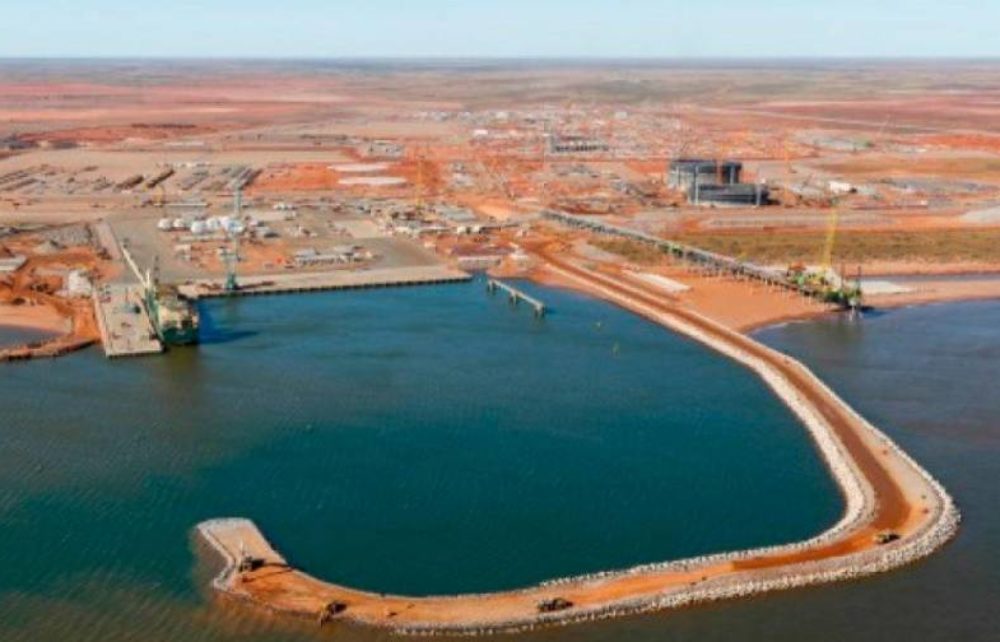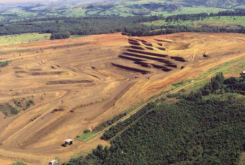Angola is set to boost its onshore storage capacity for refined oil products with a new USD 662 million terminal involving United Arab Emirates (UAE) companies, now approved by the Government.
Angola’s president, João Lourenço, authorised in December the construction of the Barra do Dande terminal in Bengo province, which surrounds the capital city, Luanda, on the coast.
The facility is expected to be operational in the first half of 2022, adding in its first phase, 641,500 cubic metres of storage capacity and in the second phase another 1.7m cubic metres. No timescale for reaching the second phase has been announced.
A storage facility in Bengo province near the country’s only oil refinery, in Luanda, has long been proposed, and construction began in 2014, although progress stalled in 2016.
In November 2019 the government announced that it was working in co-operation with the UAE to increase its storage capacity by 2022, developing an onshore oil reservoir.
According to the Angolan press, Ahmed Bin Dalmook al-Maktoum, a cousin of the Emir of Dubai, signed a memorandum of understanding last November in Luanda to finance the project.
The commission is coordinated by Manuel José Nunes Júnior, an influential Minister of State for Economic Coordination, who will have the task of drawing up the terms of the concession contract and ensuring that the financial package is solid.
Previously, the contract was awarded to Atlantic Ventures, one of Isabel dos Santos’ companies – daughter of ex-president José Eduardo dos Santos.
In 2018, the Government removed dos Santos from the project, due to “non-compliance with legal provisions”.
As a result of a lack of investment, Angola’s fuel storage capacity is small, which has led to fuel shortages in the recent past.
In addition to this proposed facility in Bengo province, in April, Sonangol, the state oil company, and Pumangol, alocal subsidiary of Puma Energy, a global oil major, agreed to use Pumangol’s fuel terminal to create a fuel reserve for the country.
Although a major oil producer, Angola imports about 80% of its refined oil, owing to limited investment in refining infrastructure, although several sites are now in the pipeline, and according to the Economist Intelligence Unit the country’s refining capacity will “increase markedly over the coming years, if there are not too many delays in construction”.
“Increasing storage capacity for refined products will help the country to manage the increased flow of refined products for both domestic use and export”, the EIU says in its most recent report on Angola. “Combined with investment in refining capacity”, the EIU adds, this will “increase the use of domestically refined oil”.
In the report, the EIU revises its currency forecast for 2021 to an average of Kz675.6:USD1 (from Kz691.7:USD1 previously) “as kwanza depreciation moderated in November”.
“US dollars are short supply as oil exports drop, but the volatility in the currency is waning”, the EIU says.
Owing to imports increasing at a slower rate, following a sharp drop in 2020, due to declining private consumption and currency depreciation, the forecast for the a current-account deficit improved to 4.7% of GDP in 2021, from 7.1% of GDP previously.
Angola is expected to grow 0.9% this year, after having experienced the fifth consecutive year of recession in 2020, according to the World Bank.




